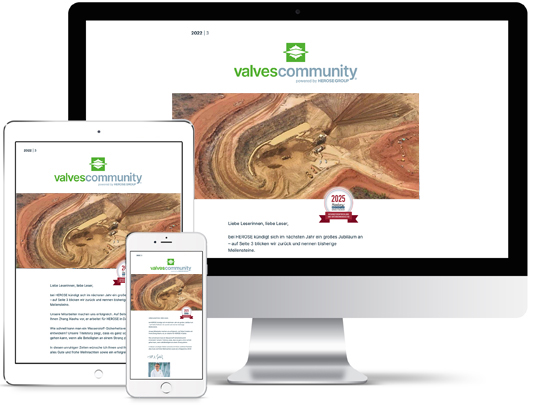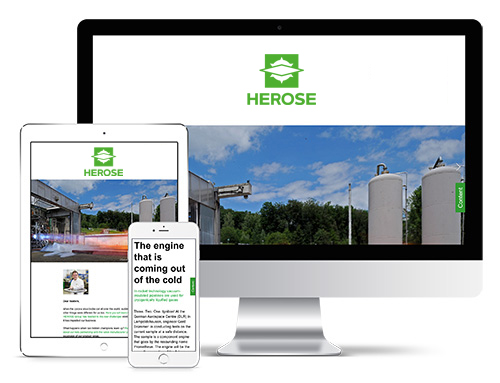When Mike Grimsehl used to look for tools, he often became desparate: Everything was untidy in the drawers of his department. It used to take quite some time to find a particular Allen key.
Now everything is tidy – and instead of a whole set of keys, which were never used, there are now only the sizes which are used at this particular workplace. What does that have to do with Lean Management? Everything! Even the design of workplaces belongs to the areas which are permanently being examined with regard to their effectiveness. Mike Grimsehl, who was a CNC shift manager up to November 2011 and is now responsible for the implementation of Lean Management at HEROSE, together with Stefan Gil: “The so-called 5S apply for the design of workplaces: sort, set (arrange), scrub (clean), standardise and self-discipline.” If these are consistently applied, the goal has been reached: optimisation of work flows, saving of time and costs – without making unreasonable demands on the staff.
Originated in the Japanese car industry
Hardly any term has been so controversial as “Lean Management” in the past years. Wikipedia defines this as follows: “It describes the totality of mindset, methods and procedures for the more efficient design of the entire value creation chain for industrial goods.”
For nearly three years, HEROSE has examined its business procedures according to the principle which originated at Toyota after the Second World War. Many people at HEROSE were initially very sceptical about Lean Management. However, Stefan Gil, responsible for the implementation of Lean Management at HEROSE has discovered that the acceptance among employees is continuing to increase. That is how it needs to be. Without active support from everyone, Lean Management is doomed to failure. Gil: “The colleagues have recognised that Lean Management not only makes their work easier – as with the 5S – it also makes their job more secure. Customers will only remain loyal to us if we at HEROSE are fit for a future in which economic cycles are becoming shorter and more and more flexibility is demanded.”
In addition to the 5S there are further Lean Management tools, such as “value flow design” for the transparent visualisation and optimisation of processes. Stefan Gil: “With a continuous flow of materials, optimal provision of materials and logistics as well as flexible staff training, we considerably reduce the product throughput time. In theory far more than 75 percent is possible, whereas at present we are at an estimated 20 percent. In order to deal with delivery problems, such as occurred in 2010 and 2011, we are now concentrating on the derivation of suitable measures and tools.”
The next main field for optimisation is order management. This will be followed later by the development area and all administrative areas. Stefan Gil and Mike Grimsehl, who are supported by an external business consultancy, are sure that it will take several years before all the common Lean Methods and Tools are implemented. Even then, no-one will be able to sit back. Stefan Gil: “We are dealing with a process which must never end, and which must become part of the company culture. It is only be working on continuous improvement, that we will have a chance for the future in the increasingly fierce global competition!”
Foto oben: Carsten Wurr


 Read the current digital customer magazine now!
Read the current digital customer magazine now!
